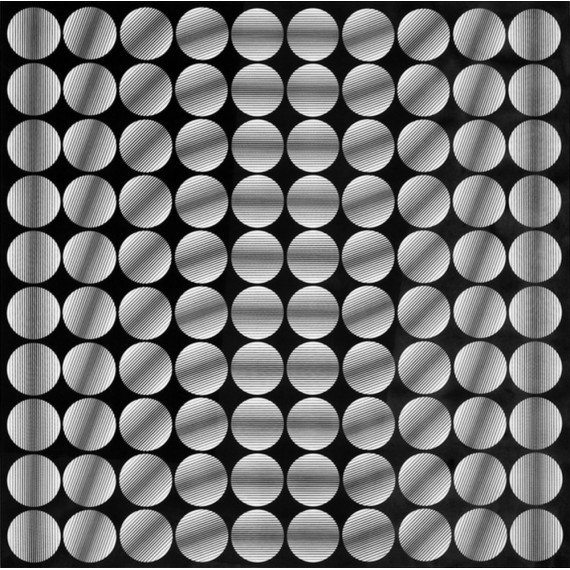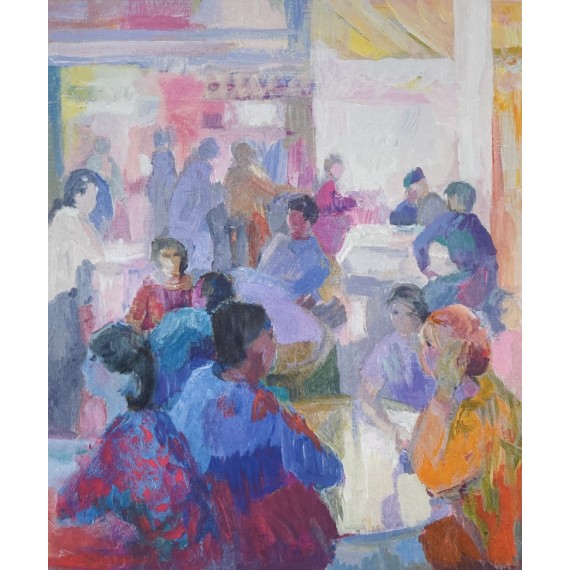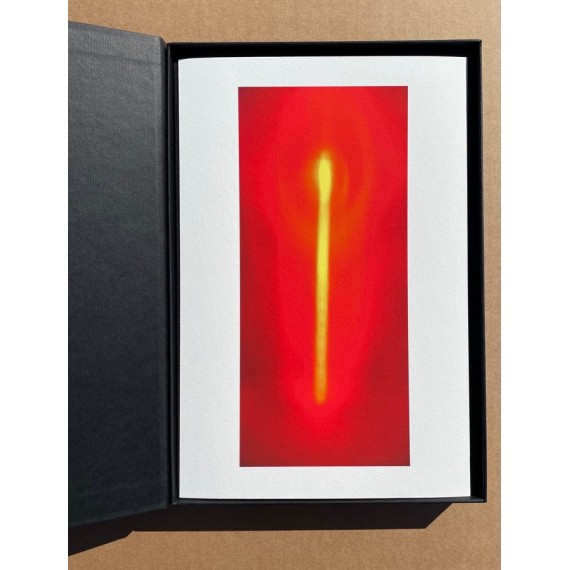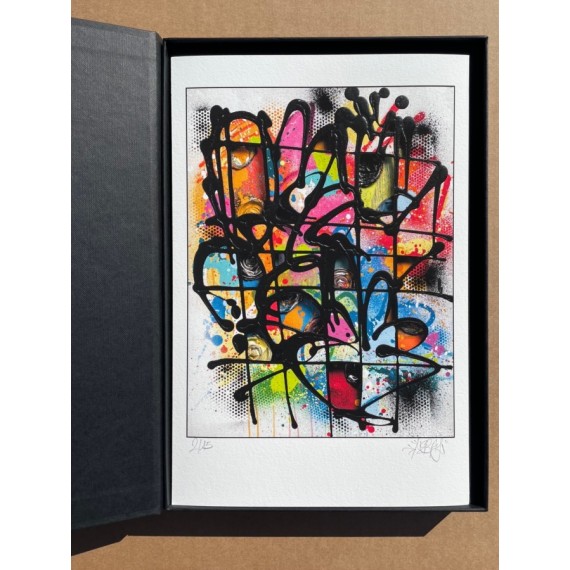At the Musee Bourdelle, city of Paris, from September 25 to November 3, 1985
Book 21x21cm published on the occasion of the Marevna exhibition in 1985.
Approximately 50 soft cover pages
MAREVNA Marea (Marie Rosanovitch VOROBIEFF known as)
Painter and writer. Russia 1892 - London 1984. Marevna studied art in Moscow, Rome and Paris; but before arriving in the capital, she had stayed in Capri with Maxim Gorky, who gave her her painter name, "the daughter of the Sea". From 1912, in Montmartre and Montparnasse, she mingled with avant-garde circles, in particular she linked up with Ilya Ehrenburg, Max Jacob, Picasso, Kisling, Modigliani, Diego Rivera; She lived with him until his departure for Mexico (1921), from their union a daughter, Marika, was born. It was the merchant Pierre Lœb who had introduced them to the Butte Montmartre; until then they were rue Decrès (14 °). Marevna no longer wishing to accept Loeb's help, the latter suggested that they come to the Butte; Marika then followed the dance lessons of the famous Walker studios, rue de Douai. They went to the Médrano circus where the young dancer was fascinated by the clowns and by Barbette, a trapeze artist, the "most beautiful" transvestite she had ever seen; working without a net, he fell and killed himself: “he broke like a porcelain doll”. It was 1927. Grock, whom she admired, refused in 1933 to marry the young girl, not only was he married, but he could have been her grandfather; he introduced him to two talented clowns Alex and Rum. Marevna made their portraits. From 1934 to 1937 they lived in the Livingstone Hotel “a beautiful blue and yellow room; the window overlooked the Sacré-Coeur and the Saint-Pierre market ”. Marevna exhibited in 1913 with the Cubists, at the Indépendants, then at the Salon d'Automne (1919), at the Tuileries (1923), in the “Quotidien” gallery (1929), at Zborowski's (1936), in 1934 in The Hague then in Maghreb. In 1947 she moved to London; in 1951, she exhibited Lefevre Gallery; Picasso offered her for the catalog a drawing representing her and which served as an illustration for the cover of his book “Life in two worlds”, published in 1963 by Abelard Schuman, both in England and in the United States. Having abandoned Cubism, she returned to Neo-Impressionism at Seurat and exhibited in 1968 at the Guggenheim Gallery, New York, with followers of this style. Le Petit Palais in Geneva, created by Oscar Ghez (deceased at the beginning of 1998), offered him a retrospective in 1970. Two years later, release of his second book “Life with the painters of La Ruche”, published in London by Constable, then in New York by McMillan, with a preface by Robert Herbert, then head of the Arts Department at Yale University. In 1976, the BBC made a film "Marevna and Marika", about their life in the London house (Ealing) and the exhibition at the Leicester Festival. Jeanine Warnod organized, in 1979, the exhibition on the Beehive at the Jacquemart-André Museum; Marevna was present, as well as the “Roaring Twenties” exhibition at the Grand Palais in the same year. Finally in 1993, Wildenstein exhibited it in London, New Bond Street. Marika, with kindness and at the request of Sylvie Buisson, kindly gave us elements of the biography of her mother. She was a student of Isadora Duncan, a broken ankle prevented her from participating in the Ballets Russes; since then she has followed a brilliant career as an actress in the various London theaters. At Marika’s Café Theater, she performed songs by Yvette Guilbert, Damia and her friend Edith Piaf; she also sang Bruant, Place Pigalle, Lautrec at the Moulin-Rouge.
Text taken from the Dictionary of painters in Montmartre © ÉDITIONS ANDRÉ ROUSSARD.























